No products in the cart.
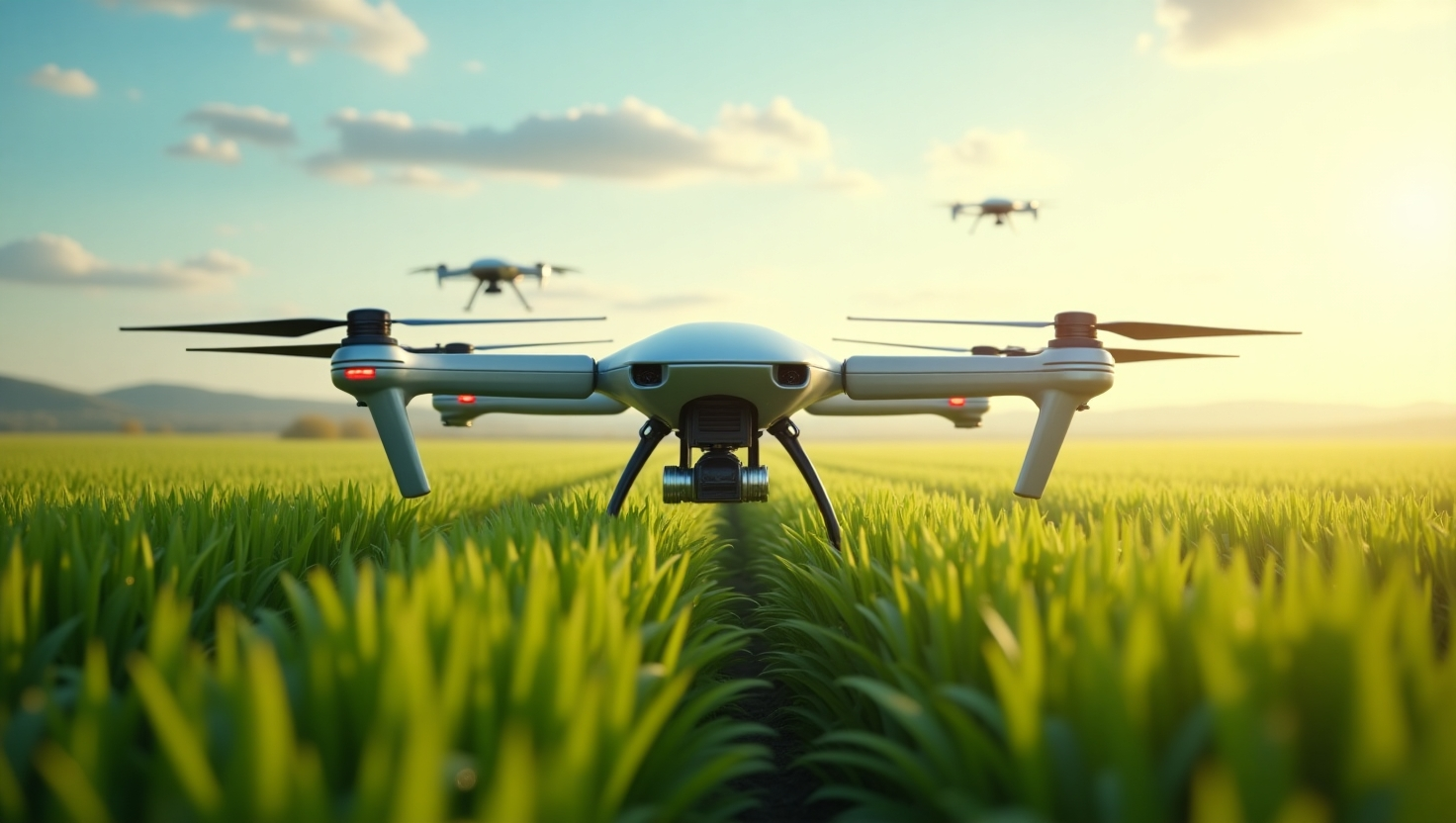
1. Introduction
Agriculture is undergoing a major transformation with the rise of artificial intelligence (AI) in precision farming. As global food demand increases and environmental challenges grow, farmers are turning to AI-powered farming solutions to enhance efficiency, reduce resource wastage, and improve crop yields. By integrating machine learning in farming, AI for crop monitoring, and data-driven farming with AI, modern agriculture is becoming more precise, sustainable, and profitable.
With the help of precision agriculture technology, farmers can make informed decisions based on real-time data, optimizing irrigation, fertilization, and pest control. Additionally, AI and IoT in farming enable automated monitoring systems that track soil conditions, weather patterns, and crop health, ensuring maximum productivity. As automated farming with AI continues to evolve, it promises a future where food production is smarter, more efficient, and environmentally sustainable.
2. Importance of AI in Modern Agriculture
The use of artificial intelligence (AI) in modern agriculture is transforming traditional farming methods by enabling smarter decision-making, increasing efficiency, and promoting sustainability. With the help of AI-powered farming solutions, farmers can optimize resource utilization, reduce costs, and improve crop yields. AI-driven technologies, such as machine learning in farming, provide predictive insights that help in planning irrigation, fertilization, and pest control, leading to better productivity.
Moreover, AI for crop monitoring allows farmers to detect diseases, nutrient deficiencies, and pest infestations early, minimizing losses and improving overall farm management. The integration of AI and IoT in farming enables real-time data collection through smart sensors, automating processes like irrigation and soil analysis. Additionally, automated farming with AI helps reduce labor dependency by using robotics for tasks such as planting and harvesting. As precision agriculture technology continues to evolve, data-driven farming with AI is becoming a key factor in ensuring food security and sustainable agricultural practices.
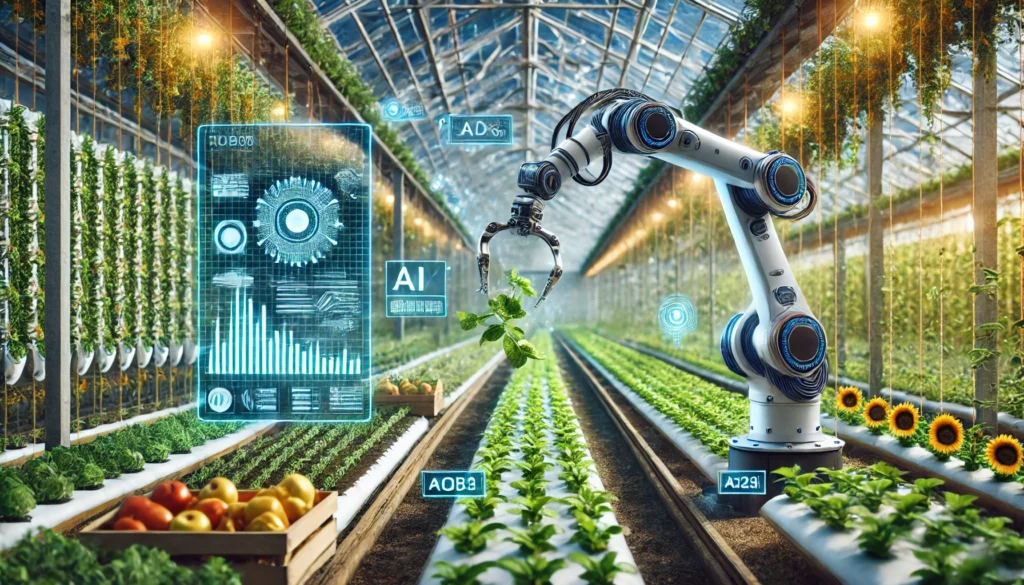
3. Key AI Technologies in Precision Farming
The adoption of AI in precision agriculture is driven by various advanced technologies that enhance productivity, sustainability, and efficiency. Machine learning in farming enables predictive analytics, helping farmers anticipate weather changes, optimize irrigation, and improve crop management. Through AI-powered farming solutions, farmers can make data-driven decisions to increase yield while minimizing resource wastage.
One of the most impactful innovations is AI for crop monitoring, where satellite imagery, drones, and computer vision detect plant diseases, pests, and nutrient deficiencies in real-time. Additionally, AI and IoT in farming work together to provide automated data collection from smart sensors that monitor soil conditions, humidity, and temperature. Automated farming with AI incorporates robotics for precision planting, harvesting, and weeding, reducing labor costs and increasing efficiency. As precision agriculture technology continues to advance, these AI-driven tools are revolutionizing farming by making it more data-driven, predictive, and sustainable.
4. Benefits of AI-Powered Precision Farming
AI-powered precision farming is transforming agriculture by making it more efficient, data-driven, and sustainable. Here are some of the key benefits:
4.1 Increased Crop Yields
AI-driven precision agriculture technology helps farmers analyze soil conditions, weather patterns, and crop health. This allows them to optimize planting and harvesting schedules, leading to higher yields with minimal waste.
4.2 Efficient Resource Management
With AI in Precision Agriculture, farmers can monitor water usage, fertilizer application, and pesticide distribution. This reduces overuse of resources, lowering costs while protecting the environment.
4.3 Reduced Labor Costs
Automated farming with AI reduces the need for manual labor by using smart machines for tasks like planting, watering, and harvesting. This helps farmers manage large-scale farms with fewer workers.
4.4 Real-Time Crop Monitoring
Using AI for crop monitoring, farmers can detect diseases, pests, and nutrient deficiencies early. This proactive approach minimizes crop losses and improves overall farm productivity.
4.5 Sustainable Farming Practices
AI in sustainable agriculture promotes eco-friendly practices by reducing chemical use and ensuring that resources are utilized efficiently. This helps create a greener and more resilient farming system.
4.6 Better Decision-Making with Data
Data-driven farming with AI allows farmers to make informed decisions based on real-time analytics. AI models provide predictive insights, helping them plan for climate changes, market demands, and seasonal variations.
4.7 Integration with IoT for Smart Farming
By combining AI and IoT in farming, precision agriculture becomes even more advanced. Smart sensors collect data from fields, allowing AI systems to automatically adjust irrigation, fertilization, and pest control based on real-time conditions.
AI-powered precision farming is not just about automation—it’s about optimizing every aspect of agriculture to improve efficiency, sustainability, and profitability. As technology continues to evolve, farmers who embrace smart farming with AI will have a significant advantage in the future of agriculture. 🚜✨
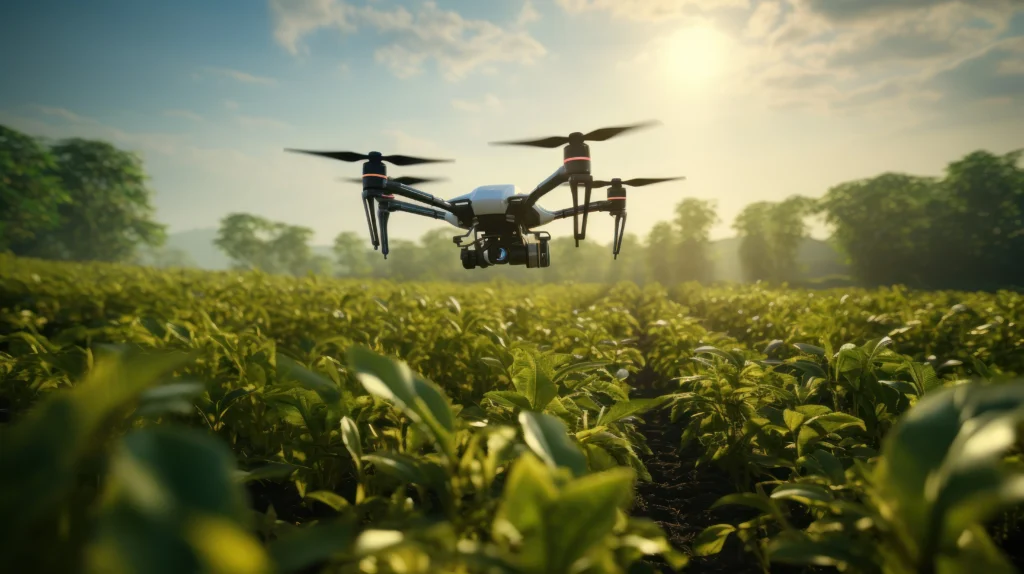
5. Challenges and Limitations of AI-Powered Precision Farming
While AI-powered precision farming has revolutionized agriculture, it comes with several challenges and limitations. One of the primary concerns is the high initial costs associated with implementing AI in precision agriculture, including the purchase of advanced sensors, automation tools, and AI-powered farming solutions. Many small-scale farmers find it difficult to afford these technologies, making large-scale adoption a challenge. Another significant issue is the technical knowledge gap. Farmers need proper training to operate and maintain AI-driven systems, and many lack the expertise to leverage smart farming with AI effectively.
Data privacy and security risks also pose challenges, as data-driven farming with AI relies on vast amounts of information. Farmers must trust that their data is secure and not misused. Additionally, many AI-powered solutions require stable internet connectivity, which is not always available in rural farming regions, limiting the effectiveness of AI and IoT in farming.
Ethical concerns arise regarding the displacement of agricultural jobs as automation replaces traditional labor. While AI enhances sustainable agriculture, improper use of technology may also lead to unintended environmental consequences. Another limitation is the adaptability of AI models to diverse farming conditions. Since machine learning in farming is trained on specific datasets, it may not always perform well across different soil types, climates, and crops.
6. Real-World Applications and Case Studies
AI-powered precision farming is already transforming agriculture worldwide, with real-world applications proving its effectiveness. One major use case is AI for crop monitoring, where machine learning algorithms analyze satellite and drone imagery to detect diseases, nutrient deficiencies, and pest infestations in real time. This approach allows farmers to take immediate action, reducing crop losses and improving yields.
Another key application is automated farming with AI, where self-driving tractors, robotic harvesters, and AI-powered irrigation systems optimize resource use. Companies like John Deere and Blue River Technology have developed AI-driven machinery that enhances precision agriculture technology, making farming more efficient and cost-effective.
In data-driven farming with AI, predictive analytics is revolutionizing decision-making. By analyzing historical weather patterns, soil health, and crop growth data, AI models provide accurate forecasts that help farmers optimize planting schedules and improve productivity. AI is also playing a critical role in sustainable agriculture, with smart systems managing water usage, reducing chemical dependency, and promoting eco-friendly farming practices.
A notable case study is the implementation of AI and IoT in farming in the Netherlands, where AI-powered greenhouses use real-time climate data to regulate temperature, humidity, and irrigation, leading to increased crop yields with minimal resource waste. Similarly, in India, AI-based advisory systems assist small-scale farmers in making informed decisions on crop selection and pest control, significantly boosting productivity.
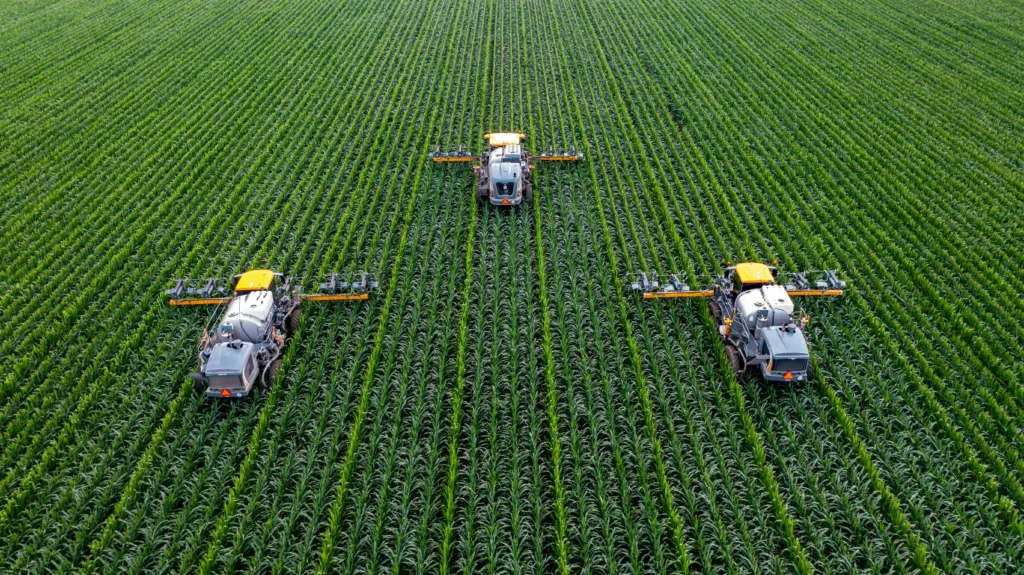
7. Future Trends in AI and Precision Agriculture
The future of AI in precision agriculture is poised for rapid advancements, with emerging technologies reshaping farming practices. One major trend is the integration of AI and IoT in farming, where smart sensors, drones, and real-time data analytics will further optimize agricultural processes. These interconnected systems will allow farmers to monitor soil health, weather conditions, and crop growth with unparalleled accuracy.
Another key development is the expansion of AI-powered farming solutions that leverage machine learning in farming to enhance predictive analytics. AI models will become even more precise in forecasting weather patterns, disease outbreaks, and optimal harvesting times, enabling farmers to maximize yields while reducing waste.
Autonomous farming equipment is also expected to advance, with automated farming with AI leading to fully autonomous farms. Self-driving tractors, robotic harvesters, and AI-powered irrigation systems will reduce labor dependency and improve efficiency. Precision agriculture technology will continue to evolve, offering more accessible and affordable solutions for small and large-scale farmers alike.
8. How Farmers Can Implement AI Solutions
Farmers looking to adopt AI-powered farming solutions can take strategic steps to integrate technology into their agricultural practices. The first step is investing in AI-driven tools such as smart sensors, drones, and automated machinery. These technologies help with AI for crop monitoring, enabling real-time tracking of plant health, soil conditions, and weather patterns.
Next, farmers should leverage data-driven farming with AI by using predictive analytics software. These systems analyze historical and real-time data to optimize planting schedules, irrigation, and fertilization. By embracing precision agriculture technology, farmers can maximize yields while minimizing resource waste.
Additionally, partnering with agritech companies can streamline AI adoption. Many organizations provide AI and IoT in farming solutions, offering automated irrigation systems, robotic harvesters, and AI-powered decision-making platforms tailored to specific farming needs.
Finally, starting small and scaling gradually is key. Farmers can implement AI solutions in phases, beginning with basic tools like AI-based pest detection before transitioning to automated farming with AI on a larger scale. By taking these steps, farmers can harness the full potential of AI, improving productivity, sustainability, and profitability in modern agriculture.
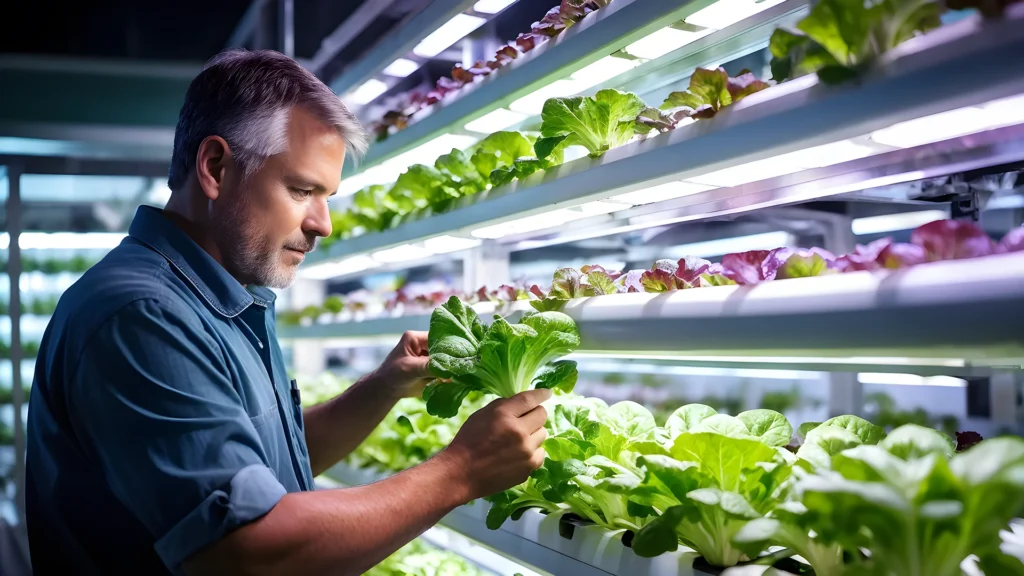
9. AI’s Role in Sustainable Agriculture
AI is revolutionizing sustainable agriculture by optimizing resource use, reducing environmental impact, and improving food production efficiency. One of the most significant contributions of AI-powered farming solutions is precision agriculture technology, which enables farmers to use water, fertilizers, and pesticides more efficiently, minimizing waste and pollution.
Another critical aspect is automated farming with AI, where self-driving tractors, robotic harvesters, and AI-powered irrigation systems enhance productivity while lowering carbon footprints. AI and IoT in farming also play a vital role in sustainability, as connected devices enable real-time monitoring and adaptive management of farm resources.
By adopting smart farming with AI, agriculture can transition toward eco-friendly practices, improving soil conservation, reducing greenhouse gas emissions, and ensuring long-term food security. As AI continues to advance, its role in promoting sustainability will become even more essential, helping farmers balance productivity with environmental responsibility.
10. Conclusion
AI and robotics are revolutionizing agriculture, paving the way for smarter, more efficient, and sustainable farming practices. From AI-powered farming solutions that optimize crop monitoring to machine learning in farming that enhances predictive analytics, technology is transforming how food is grown and harvested. Precision agriculture technology is enabling farmers to make data-driven decisions, reducing waste and increasing productivity.
Despite challenges such as high initial costs and technical barriers, the benefits of automated farming with AI far outweigh the limitations. With advancements in AI and IoT in farming, the future of agriculture looks promising, offering solutions that address food security, environmental conservation, and resource efficiency.
As AI continues to evolve, farmers must embrace smart farming with AI to stay competitive and sustainable. By integrating technology into their daily operations, they can enhance yields, reduce costs, and contribute to a more resilient global food system. The future of farming is automated, data-driven, and powered by AI—ensuring a brighter tomorrow for agriculture.
FAQs:
Q1. What is precision farming, and how does AI enhance it?
Precision farming is an advanced agricultural approach that uses technology to optimize resource use and maximize crop yields. AI enhances it by enabling data-driven farming with AI, helping farmers monitor crops, predict diseases, and automate irrigation.
Q2. How does AI help in crop monitoring?
AI-powered tools, including drones and smart sensors, analyze soil conditions, detect plant health issues, and provide real-time insights. AI for crop monitoring allows farmers to take proactive measures, reducing losses and improving productivity.
Q3. What are the benefits of AI-powered farming solutions?
AI improves efficiency, reduces costs, minimizes resource wastage, and increases overall farm productivity. It also enables automated farming with AI, allowing for robotic harvesting, precision irrigation, and intelligent pest control.
Q4. What challenges do farmers face when implementing AI in precision farming?
Challenges include high initial costs, technical knowledge requirements, and the need for reliable data connectivity. However, advancements in AI and IoT in farming are making AI adoption more accessible.
Q5. What is the future of AI in precision agriculture?
The future of AI in farming includes smart farming with AI, fully autonomous farms, and AI-driven decision-making systems. These innovations will further improve sustainability, food security, and farm profitability.
Related Articles
Crop Management
Can AI Predict Market Prices for Farmers? Here’s What You Need to Know
1. Introduction: Agricultural markets are notoriously unpredictable. One season, a bumper crop...
Crop Management
AI-Powered Crop Spraying Drones: Precision Agriculture in Action
1. Introduction: Farming has always been a race against time, pests, and...
Crop Management
Top AI Farming Startups in the U.S. to Watch in 2025
1. Introduction: Farming in the United States is undergoing a seismic shift,...
Crop Management
Top 5 Ways U.S. Farmers Are Using AI Drones to Boost Yields in 2025
1. Introduction: In 2025, the American agricultural landscape is undergoing a transformation...
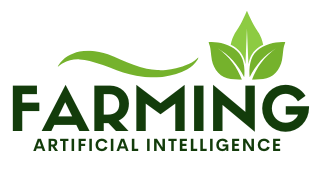
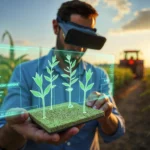
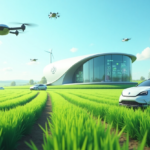
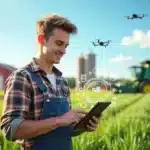

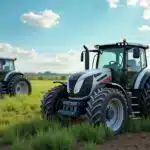

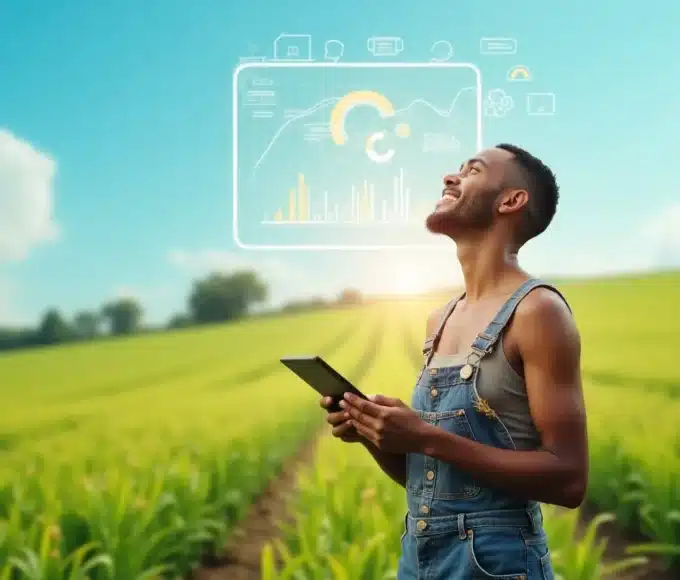
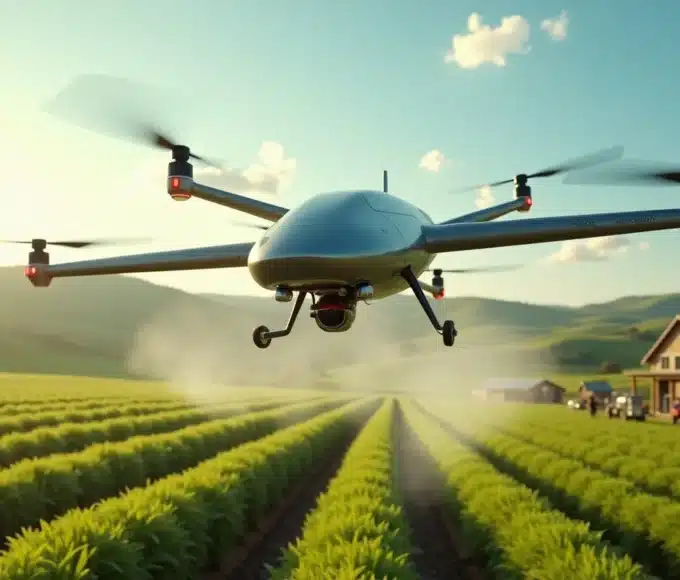
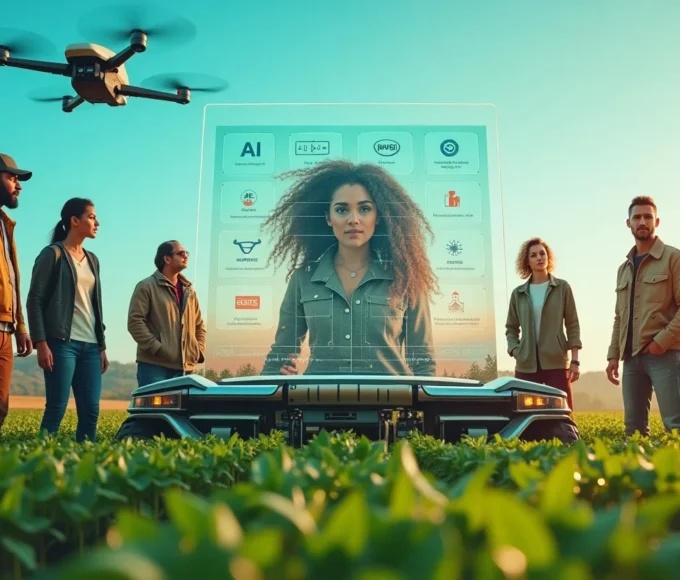
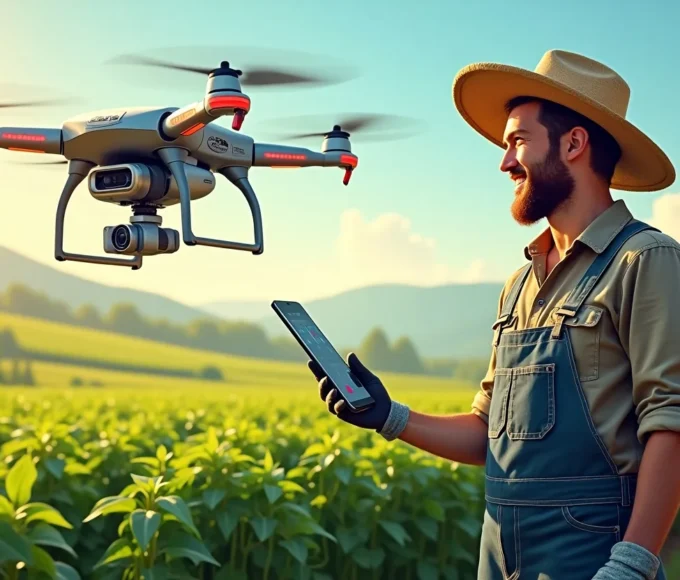
2 Comments